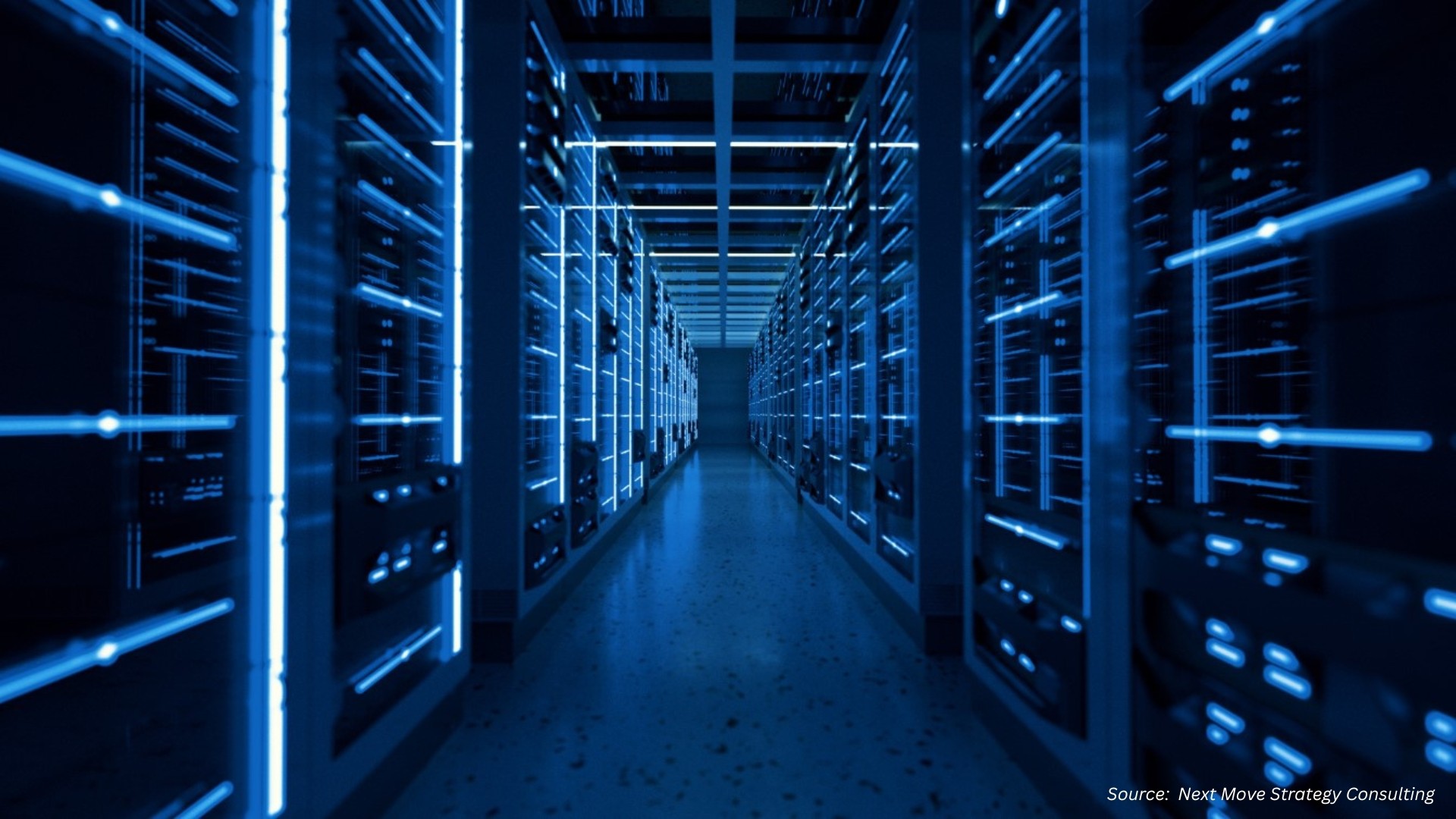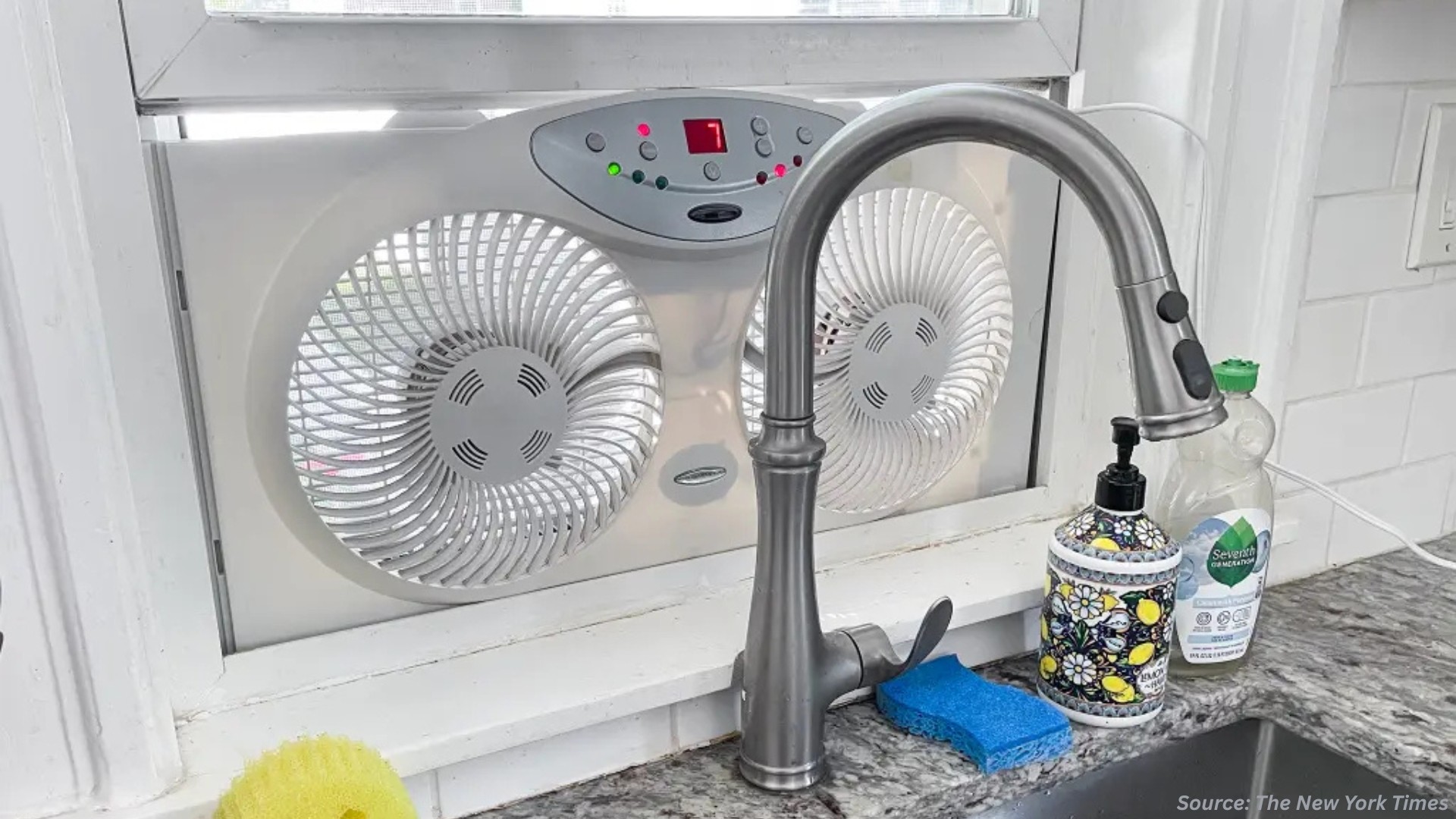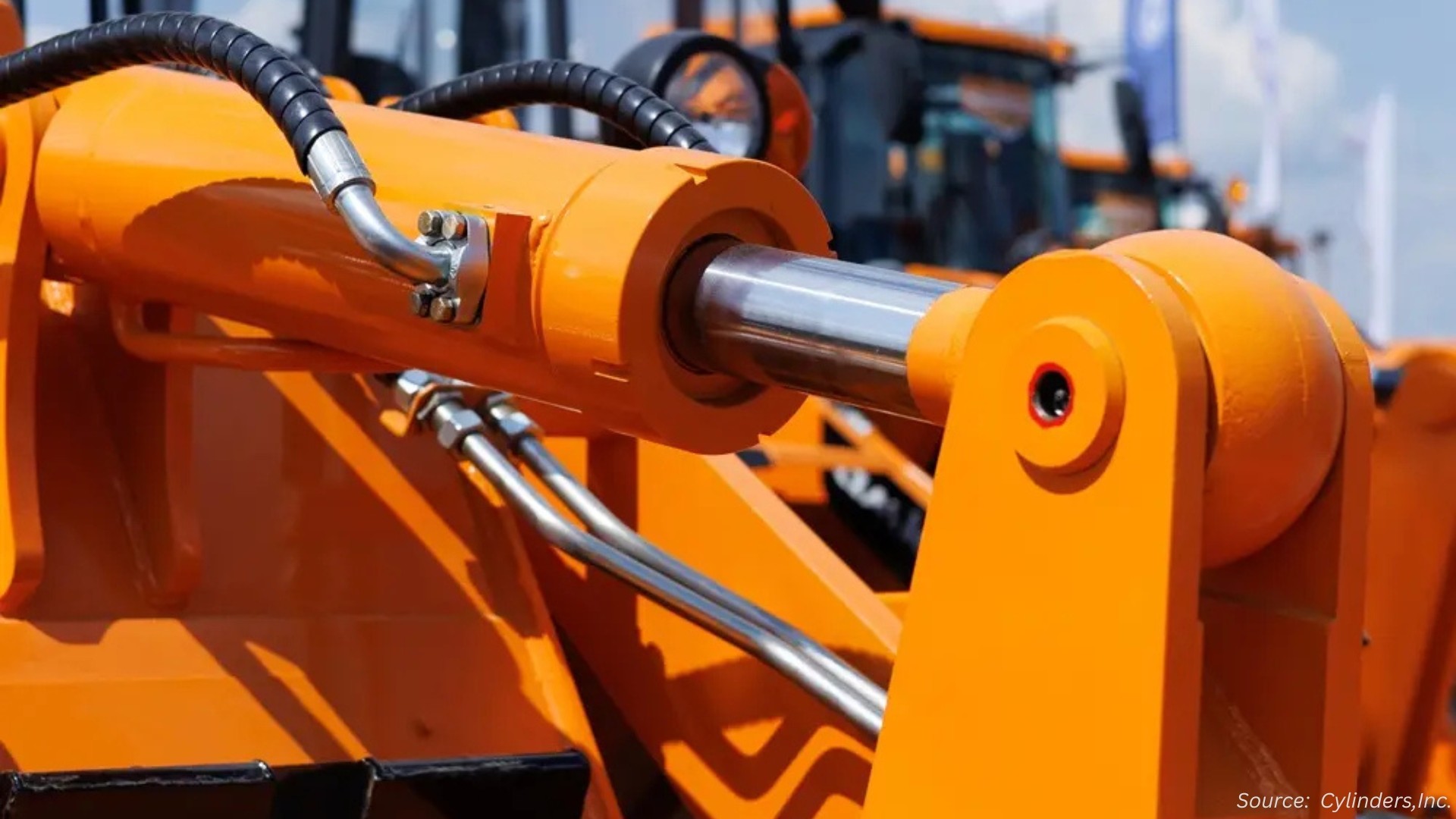The Intralogistics Market is Expected to Reach USD 112.17 Billion by 2030
Published: 2025-10-07
The Intralogistics Market is Expected to Reach USD 112.17 Billion by 2030
The rapid growth of e-commerce sector, along with adoption of industrial robots is driving the intralogistics market demand.
According to the Next Move Strategy Consulting, the Intralogistics Market valued at USD 63.71 billion in 2024 and is projected to grow to USD 71.61 billion by 2025. Additionally, the industry is expected to continue its growth trajectory, reaching USD 112.17 billion by 2030, with a CAGR of 9.4% from 2025 to 2030. In terms of volume the market size was 1.7 million units in 2024 and is projected to reach 3.5 million units in 2030, with a CAGR of 11.9% from 2025 to 2030.
The rapid growth of e-commerce is playing a crucial role in the expansion of the industry. A report by the International Trade Administration highlights that global B2B e-commerce sales are expected to rise from USD 28.08 trillion in 2024 to USD 36.16 trillion by 2026, signaling the acceleration of digital commerce. This surge in online retail, along with the growth of omnichannel retailing, is increasing the demand for efficient warehousing, inventory management, and streamlined order fulfillment processes. As a result, there is an increasing need for smart automation systems, robotics, and warehouse management technologies, driving market growth.
Additionally, the rise in the adoption of industrial robots is also contributing significantly to the market's growth by improving operational efficiency, accuracy, and speed in material handling. This trend addresses the demand for faster, more reliable, and scalable intralogistics operations. The World Robotics 2024 report by the International Federation of Robotics reveals that global robot density in factories reached a record high of 162 units per 10,000 employees in 2023, more than double the 74 units recorded seven years ago. As a result, the demand for intralogistics systems that integrate seamlessly with robotic technologies continues to grow, further propelling market expansion.
However, a major challenge facing the industry is the high initial investment required for automation technologies such as conveyors, warehouse management software, mobile robots, and cranes. These systems come with substantial upfront costs, which can be prohibitive for small and medium-sized enterprises. In addition to acquisition costs, ongoing expenses for maintenance, software updates, and workforce training further increase the total cost of ownership. This financial burden limits adoption, particularly among businesses with tight budgets, hindering the sector's growth and its ability to optimize supply chains.
On the other hand, the integration of artificial intelligence (AI) into intralogistics presents significant opportunities for market expansion. AI-powered robots can autonomously navigate complex warehouse environments, performing tasks such as picking, packing, and sorting, while reducing the physical strain on human workers. A notable example is Nimble Robotics, which secured USD 106 million in Series C funding in October 2024, led by FedEx, and achieved a USD 1 billion valuation. The company has introduced fully autonomous warehouses equipped with general-purpose AI robots capable of adapting to real-time changes in operations. As AI continues to enhance scalability, flexibility, and cost-effectiveness in warehouse automation, it is set to become a major driver of market growth in the near future.
Request a FREE Sample Here
According to the report, the top players operating in the intralogistics industry include Jungheinrich, KION Group, Midea Group, Daifuku Co., Ltd., Honeywell International Inc., SSI Schafer, Beumer Group GmbH, Knapp AG, Symbotic Inc., TGW Logistics Group, AutoStore System, Toyota Industries Corporation (Vanderlande Industries B.V.), Krones Group, Falcon Autotech, KEBA Group AG among others. These companies are adopting strategies, including product launch and partnership across various countries and regions to maintain their dominance in the market.
The intralogistics industry is experiencing rapid growth as major players integrate automation, robotics, and digital technologies to improve efficiency, speed, and accuracy in material handling. These innovations are crucial for optimizing workflows, lowering costs, and enhancing productivity.
A significant trend is the adoption of advanced robotic systems for warehouse automation and inventory management. For instance, in November 2024, Oriental Motor launched its OVR Series robots and MRCU Series Integrated Robot Controller to increase system flexibility. Similarly, in September 2024, Kawasaki Robotics and NEURA Robotics unveiled the CL Series collaborative robots, designed to enhance safety in human-robot interactions.
In July 2024, Rapyuta Robotics Inc. introduced an Automated Storage and Retrieval System (ASRS), improving picking productivity and storage efficiency. Strategic partnerships, such as Comau S.p.A.'s collaboration with One Equity Partners in July 2024, are driving further innovation. Despite challenges like high costs and complex integration, the market continues to grow, fueled by the potential of AI and IoT technologies.
Key Insights from the Intralogistics Market Report:
-
The information related to key drivers, restraints, and opportunities and their impact on the intralogistics market demand is provided in the report.
-
The value chain analysis in the market study provides a clear picture of the roles of each stakeholder.
-
The market share of the players in the intralogistics market along with their competitive analysis are provided in the report.
















Add Comment